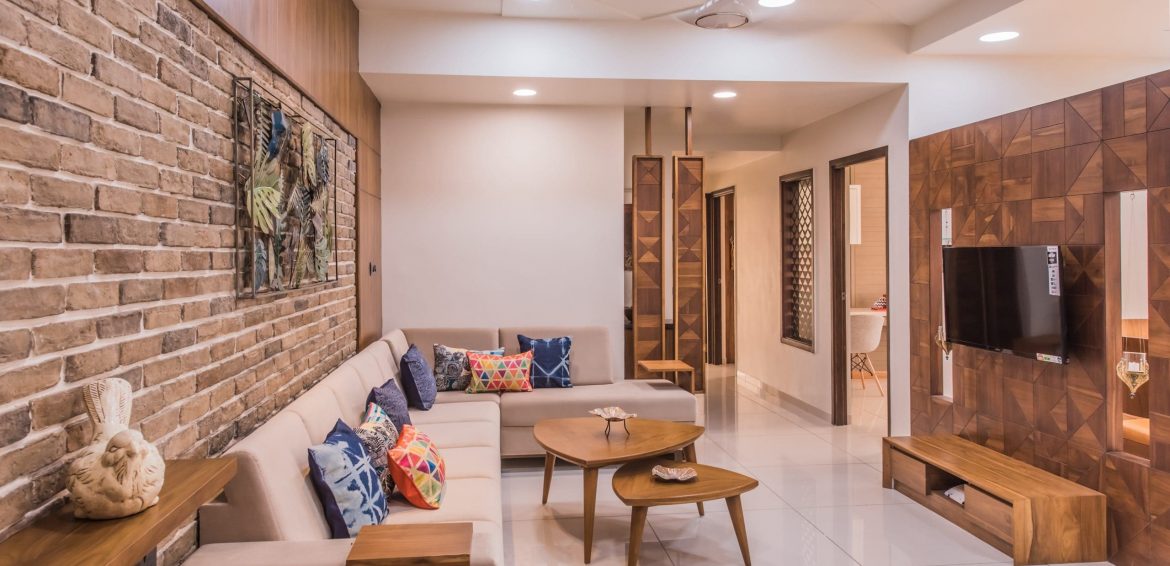Human Aspiration From a Dwelling

Human aspiration from a dwelling
To understand the role of the built environment in people’s lives one has to understand the nature of human behaviour. Needs and desires form an important part of this human nature affecting the dwelling. A need is something that is necessary for arousing organisms to some action for achieving a healthy life, but the presence of desire makes the life more valuable. Every individual and family have a rough idea of quality and quantity of good, services and satisfaction they want and desire to fulfil standard of living and lifestyle.
BASIC HUMAN NEEDS
Human needs include air, nutritional food, water, security, relationships, birth, education and achievement in a physical environment. Some needs are physiologically based, some are sociologically or psychologically based, and some are a mixture. The degree to which each need has to be fulfilled varies from person to person, depending on the individual’s philosophy of life, personality, culture and habituation level – what they are used toi. Abraham Maslow, a psychologist in his 1943 paper ‘A Theory of Human Motivation’ proposed a structure to grasp the understanding of human needs and then ranked them in hierarchy to recognize human nature better. Hierarchy of needs had the largest and lowest levels of needs at the bottom, and the highest need for self-actualization at the top. Here in the article, we will attempt to relate each need psychologically as well as its meaning with built.
1. Physiological needs
Psychologically – The obvious physiological needs for human survival are air to breathe, food to eat, expel by-product, space to move, rest and sleep, maintenance of body temperature within a range and to achieve homeostasis, a steady state for body.
Meaning with built – While the basic concern for a liveable housing is to provide adequate light, tolerable temperature, proper ventilation and sanitation. Shelter is essential for existence of man against extreme weather.
2. Safety needs
Psychologically – Once their physical needs are met, the individual’s safety needs takes the priority. These needs have to do with the people’s longing for a predictable, orderly world in which food supply, routines and human relations are in control of the humans. Continuity and stability is provided by security, which is very necessary for a wellbeing of human. Safety /security needs include personal security, financial security (job security, savings accounts), health and well-being and safety net against accidents/ illness and their adverse impacts (insurance policies).
Meaning with built – Housing is space where one could gather and stock up possessions and feel safe from outside world. It can be also used to store food and other items (sometimes even water) that is needed to maintain oneself in scarcity. Addition of fence and grills is a way to feel secure within the dwelling.
3. Social (love /belonging) needs
Psychologically – This need involves feelings (love, belonging and acceptance) and emotionally based relationships (family, intimacy and friendship), which could come from a large complex social groups, like clubs, office culture, religious groups, professional organizations, sports teams, gangs, or small social connections (family members, intimate partners, mentors, close colleagues). An individual needs to contact, accept and associate with others. In its absence, many get disposed to loneliness, social anxiety or depression.
Meaning with built – Housing provides a platform for social interaction, both at the community and household level. It is because of these specific and different social needs of every culture, we have so many unique housing typologies. Social relations within family members (gender roles, parents and children, family and servant), family structure (joint or nuclear), privacy, activities occurring inside the house and relationship with outside affects the arrangement of furnishing and layout of plan, in turn affects the shape of form of the house. Even the way activities like sleeping, cooking and eating are carried out varies culturally. In some cultures, men eat first; in others, the family eats together. In some cultures, people sit on the floor; in others, they sit on chairs at tables. This affects such design concerns as window-sill height, space requirements and location of doors.
4. Self-esteem or ego needs
Psychologically – This need includes the feelings of self-esteem, self-respect, self-confidence, acceptance, freedom, capability and achievement. An individual engages himself in a profession or a hobby to gain status, fame, prestige, recognition and attention. It makes him feel accepted and self-valued and consider a sense of contribution towards his community. Absence of these needs can lead to an inferiority complex, frustration and mental weakness.
Meaning with built – Achievement, success and recognition is an essential part of one’s own self-esteem allowing an individual and his family to adopt to a better and improved way of living in better neighbourhood with upgraded housing facilities. It is a medium to show-off the achievements. Dwelling is a place, where the inhabitant has a high amount of control.
5. Self-actualization needs
Psychologically – This level can only be understood if the above four needs are met as well as mastered. Self-actualization concerns to find self-fulfilment and realize one’s own potential and abilities. Studies, hobbies and leisure time pursuits contribute to self-actualization. This need gives meaning and value to one’s life.
Meaning with built – The physical rootedness of this need is accomplished in bit and pieces after the utilization of the dwelling for adequate amount of years. When this need is fulfilled, housing becomes much more than only a place of shelter and also gets personalized. It is reflection of an individual’s self-actualization and expression of oneself.
Maslow’s hierarchy of human needs | Design issues |
Physiological | Shelter Light Temperature Ventilation Orientation Sanitation Access |
Safety | Privacy Security Territoriality Storage |
Social (love /belonging) | Family settings Communal settings |
Self-esteem or ego | Aesthetics Access to better facilities |
Self-actualization | Personalization Choice Right to development |
Recognizing these needs and exploring the alternative means for meeting them is the fundamental in planning a satisfying home environment. All these needs will be reflected in the dwelling of every culture with their own way of interpretation.
